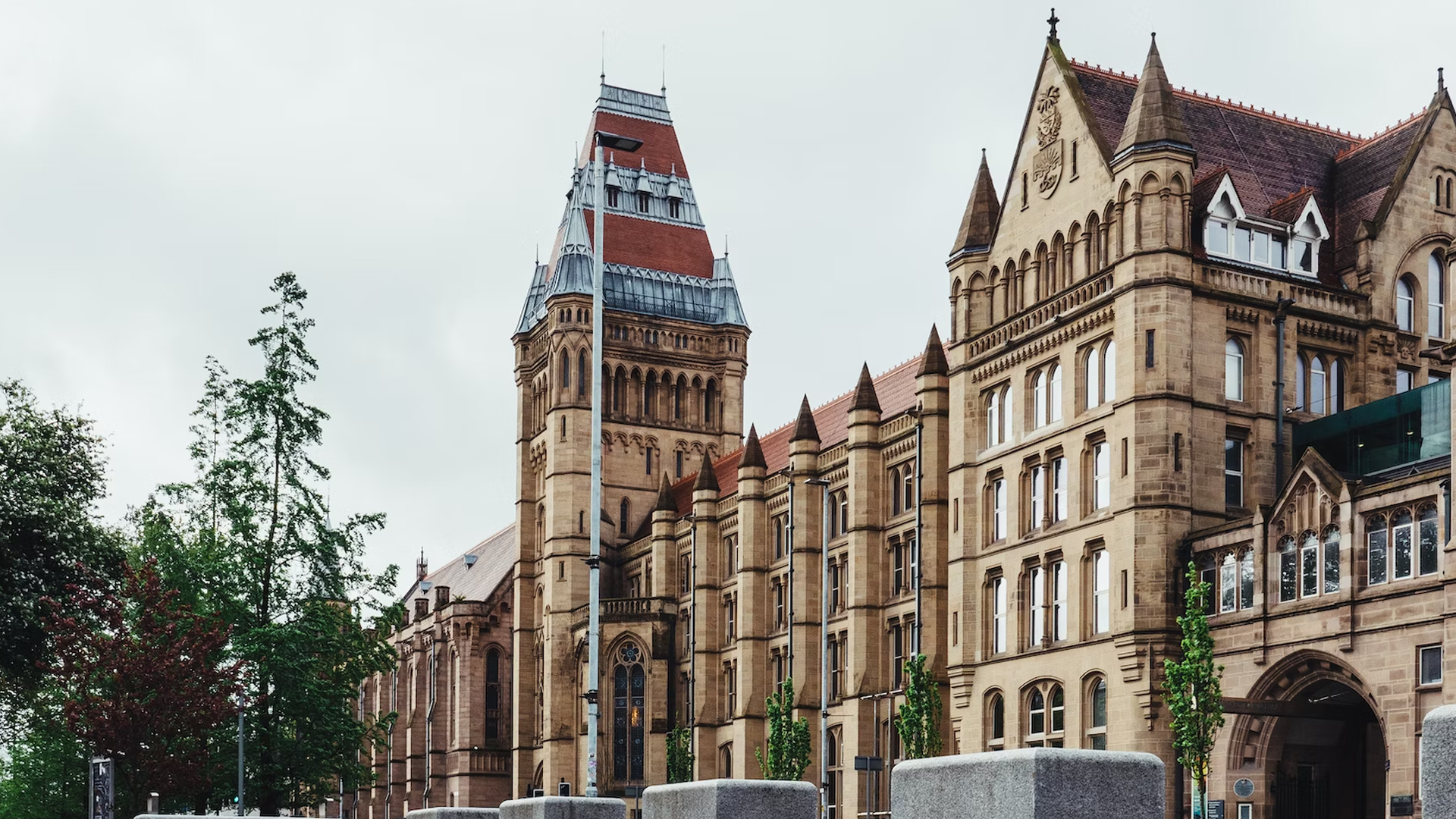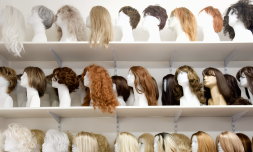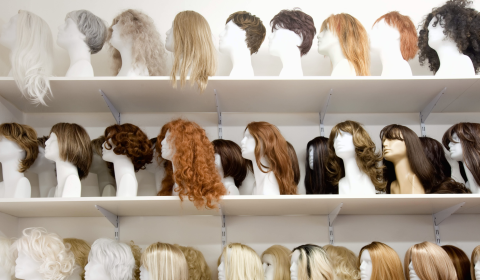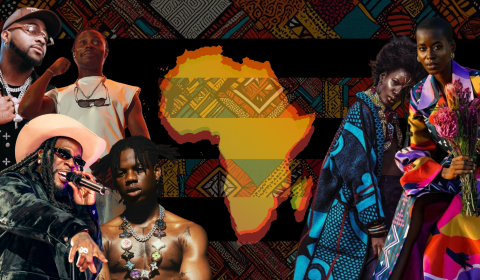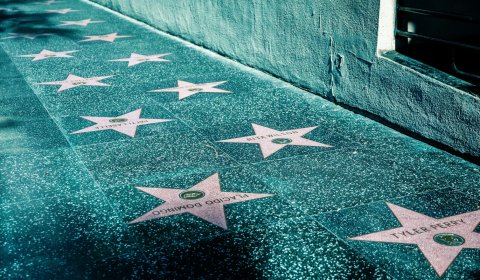The decision marks a breakthrough in Britain’s imperialist museological history. But is it as positive as it seems?
In a world increasingly conscious of its colonial legacy, the Manchester Museum has made the rather groundbreaking decision to return hundreds of Aboriginal artefacts to their rightful homes.
The Aboriginal Anindilyakwa community of Australia’s Northern Territory celebrated the return of 174 cultural heritage items as part of a repatriation project organised with the museum.
The items had been held in Manchester for over a century, including a group of dolls made from shells – named Dadikwakwa-kwa by the Anindilyakwa. Their return marks a significant turning point in Western museums’ approach to their colonial history and relationship with the communities whose objects they house.
The project comes after years of conversations with the Anindilyakwa land council and the Australian Institute of Aboriginal and Torres Strait Islander Studies.
The artefacts were originally shipped to Britain after Captain James Cook returned to England on the HMB Endeavour in 1771.
In this case, the objects weren’t stolen – like many cultural objects in Britain’s museums – but Anindilyakwa representatives have said it’s likely that earlier community members ‘wouldn’t have understood these transactions were permanent.’
Thomas Amagula, deputy chairman of the Anindilyakwa Land Council which represents 14 clans, said: ‘The repatriation of the Worsley Collection is an important step for us in pursuing one of our core visions: to ‘protect, maintain, and promote Anindilyakwa culture.’
But these much-celebrated instances of repatriation raise questions around intent and visibility.
Georgina Young, head of exhibitions at the Manchester Museum, said the return of Anindilyakwa artefacts felt ‘momentous’ in a different way to any past returns.
But it’s difficult to ignore the fact that media coverage has focused overwhelmingly on the museum itself, rather than the Aboriginal community who’ve worked tirelessly to retain ownership of their cultural heritage.
It’s another – more latent – case of imperialist mentality; Western institutions take the glory, concealing years of suffering by the indigenous peoples.









